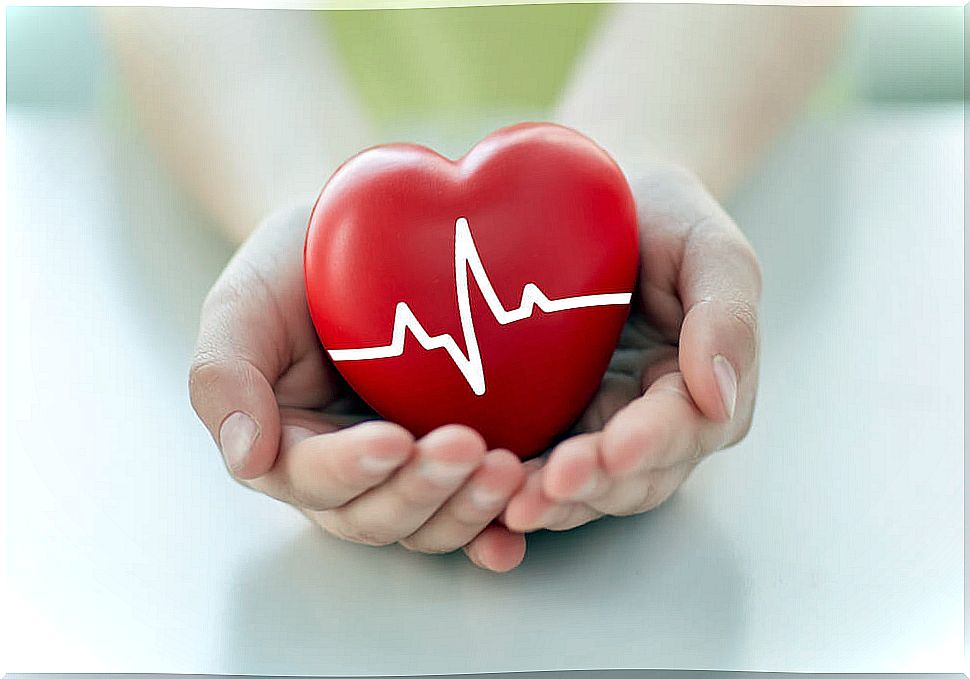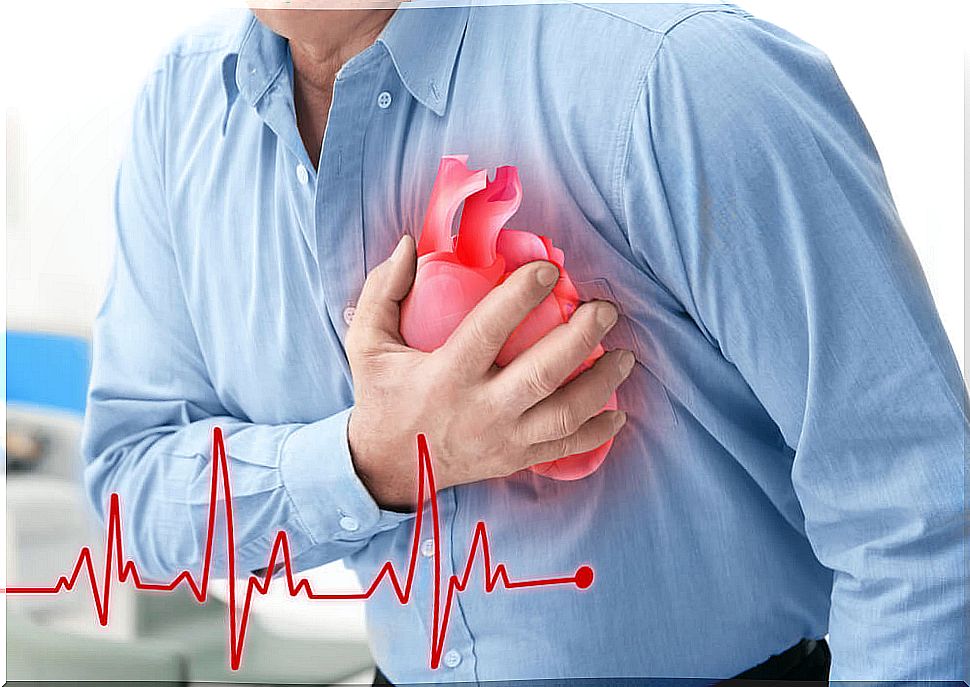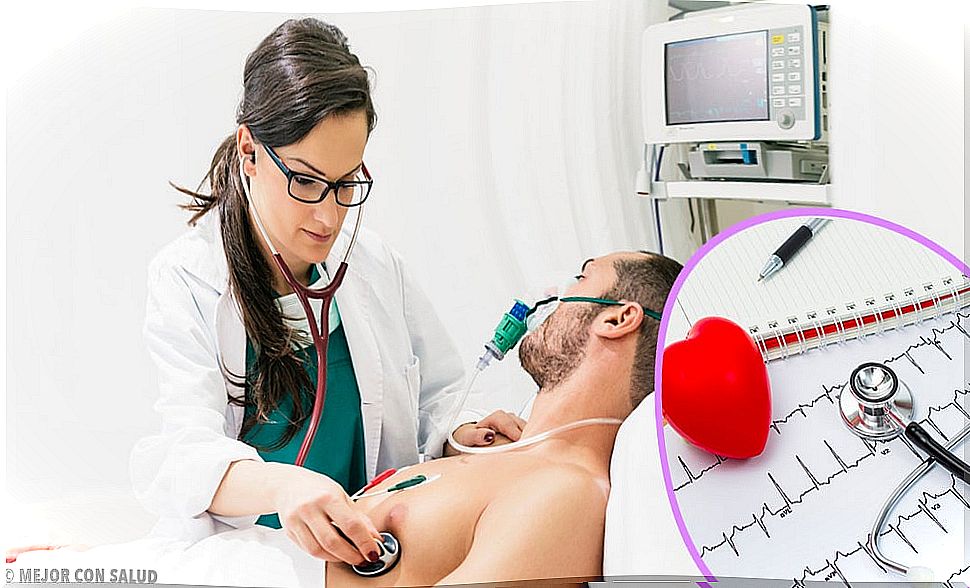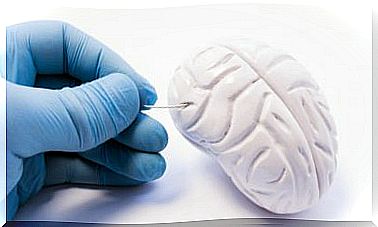The 8 Most Common Heart Conditions
Unfortunately, cardiovascular disease is often asymptomatic. For this reason, they are not treated in a timely manner and lead to serious health problems. We tell you which are the most common.

Heart conditions are those that affect the cardiovascular system. Many of these conditions tend to cause the arteries to lose thickness and the amount of blood that the heart pumps to be less; This combination directly affects blood pressure and can seriously affect health.
These types of complications put the person at higher risk of heart attacks, and also kidney problems. However, heart conditions can be controlled if the person is conscious and tries to maintain a healthy lifestyle, with regular medical check-ups.
Common symptoms
Heart conditions are often asymptomatic and do not cause significant discomfort. Only in those in which the disease is in a more advanced stage, the person may experience certain signs frequently.
Among the most common symptoms of heart conditions, the following can be highlighted:
- Tingling in the left shoulder.
- Pain in the jaw or back.
- Loss of consciousness
- Irregular heartbeat
- Breathing difficulties.
- Pressure in the chest.
- Pain in the arms
- Cold sweating
- Nausea and vomiting
- Dizziness
- Pallor.
- Cough.
- Difficulty speaking and understanding.
- Numbness in the face, legs, or arms.
- Walking problems and loss of balance.
Associated conditions
There are certain factors that can make a person more prone to heart conditions. In this sense, the most frequent are these:
- Hypertension: It is one of the most common conditions; It happens when the pressure of the blood against the wall in the bloodstream is higher than normal.
- Arteriosclerosis: It is a hardening of the arteries that occurs when those that are attached to the heart lose elasticity and, therefore, fill with fat.
- Blockage of arteries: When the layer that covers the arteries is damaged, a build-up of waste is generated, especially cholesterol.
- Heart attack: The heart muscle deteriorates because a clot blocks the blood supply.
- Stroke: It occurs when a blood vessel that supplies blood to the brain becomes blocked for a period of time or permanently. As a consequence, the brain is not in control of the body’s movements.
Most common heart conditions
1. Heart attacks

This problem occurs when fat accumulates in plaques and blocks the flow of blood that carries oxygen to the heart. When that flow is not restored, the heart muscle begins to die and causes an attack.
2. Blood pressure
This arises from the measurement of the force exerted by the blood against the walls of the blood vessels. When there is excess fluid in the body, the blood vessels fill up and blood pressure increases.
3. Elevated triglycerides

These are a type of glycerol that belongs to the lipid family. Excess calories, alcoholic beverage intake, and blood sugar are converted to triglycerides. However, if they exceed 150 mg / dl, cholesterol increases and the risk of heart disease multiplies.
4. Angina pectoris
Angina is pain that occurs in the chest because the heart does not receive enough blood supply. This happens when there is a blockage in the coronary arteries. The problem appears when the effort is made on the heart because it does not receive the necessary amount of oxygen.
5. Arrhythmia

It consists of a disorder in the pulse or heart rhythm ; that is, the heart may present with tachycardia – beats that are too fast – or brachycardia, which consists of beats that are too slow. Some arrhythmias cause dizziness and others are asymptomatic.
6. Atrial fibrillation
Atrial fibrillation is a type of arrhythmia that occurs when there is an electrical problem in the heart. In other words, the two upper chambers of the heart do not beat with rhythm and energy.
7. Heart failure

This condition prevents the heart from pumping blood to the rest of the body on a regular basis, which means that the heart cannot pump blood as it should. Congestive heart failure can also occur, in which excess fluid forms congestion in the lungs and other body tissues.
8. Peripheral arterial disease
It occurs when there is a narrowing in the blood vessels outside the heart. It originates from arteriosclerosis, when plaque builds up in the arteries that handle blood in the arms and legs. Unfortunately, if the flow obstruction is severe, the affected area needs to be amputated.
Care for heart conditions
Of course, prevention is a fundamental issue when talking about heart conditions. While exercising regularly is the central suggestion, maintaining a healthy, stable weight and avoiding tobacco and alcohol use is also recommended.
To eat a balanced diet that contains nutritious foods, low-density lipoproteins must be reduced and at least 5 servings of fruits and vegetables must be eaten throughout the day.
One final tip, but no less important: it is essential to control your salt intake. Some heart conditions require limited salt intake, while others require a higher salt diet.








